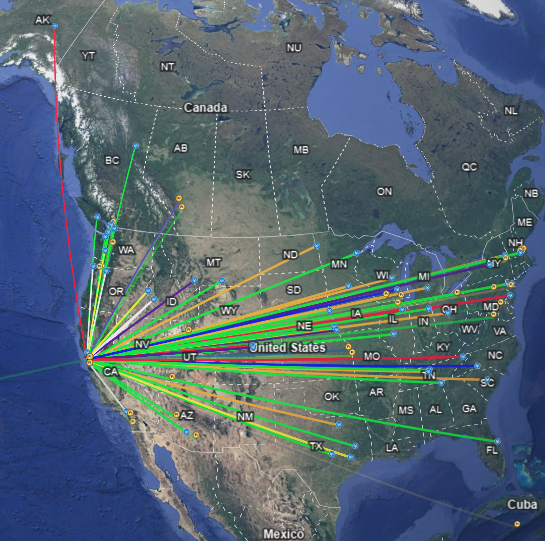Week Notes: TouCans Noise Improved, 3 QRP Ham Radio POTA Activations, an NAQCC Sprint, and Camping and Programming
Project TouCans was featured in the qrper.com field kits column!!! I forgot to mention this when it came out a few months ago, but it's there!The noise issues for TouCans are much improved, and getting better. I'm still learning what should go where, but my learning curve seems to be accelerating a little bit at least. The most recent improvement—as of this afternoon—is that it helps to tape the transceiver to the back of the rain shield.
Wireless TouCans enabled me to do something I've never done before. I activate, not one, not two, but three parks in New Mexico last weekend! I activated US-4551 Organ Mountains-Desert Peaks National Monument, US-4516 Lincoln National Forest, and finally, US-7877 Valley of Fires National Recreation Area. (Notice the new US designators in place of the Ks.) From the Organs, my first QSO was with Spain!
Given that I haven't published a 'week notes' in about a month, I should also add that I have a very rudimentary straight keyer working with TouCans Wireless. Development on the straiht keyer has been slow, but I did make a QSO using it.
And... I haven't written about it yet, but you'll notice the gang and I used OpenAI to build a banner for Project TouCans!


Comments
Post a Comment
Please leave your comments on this topic: